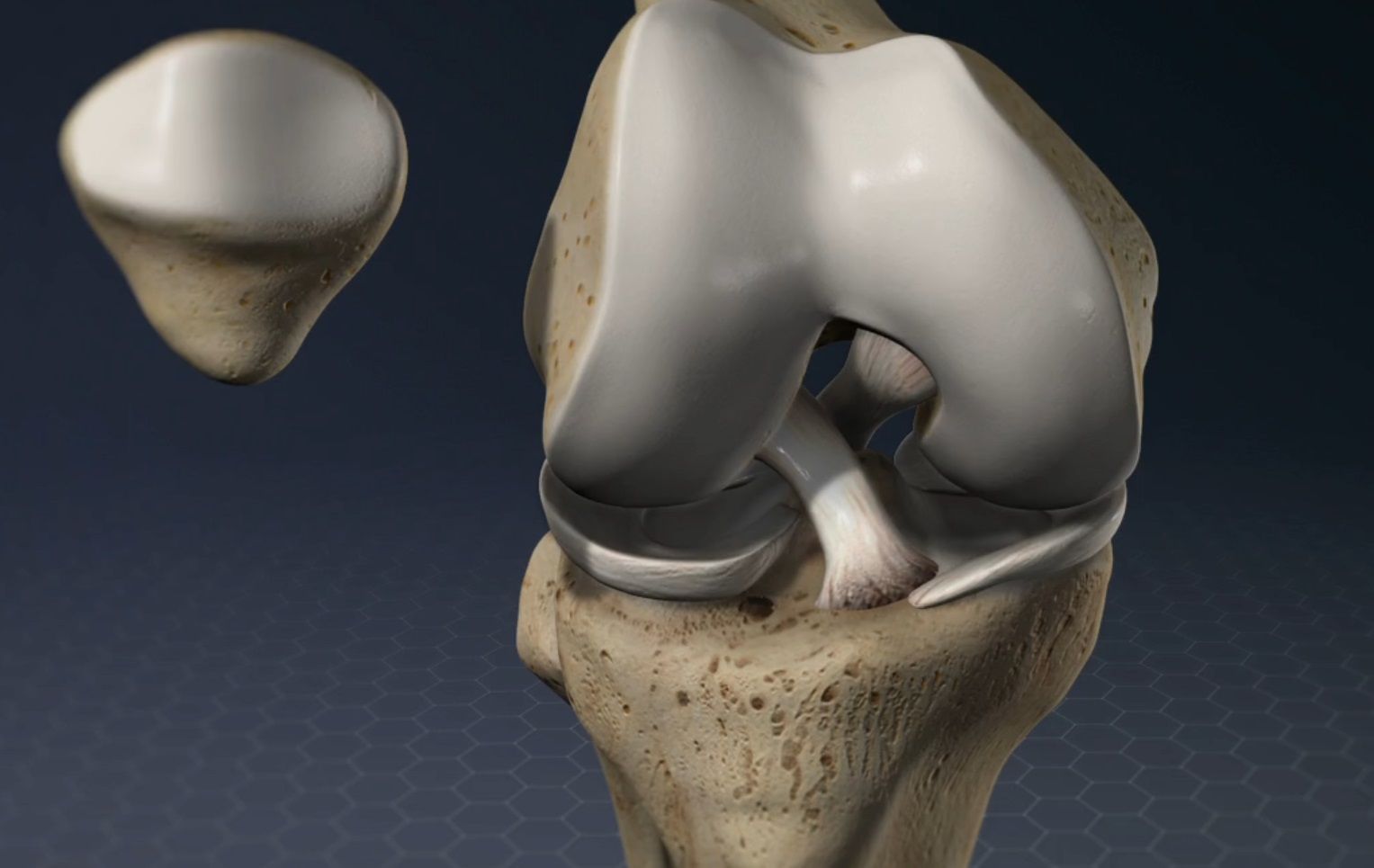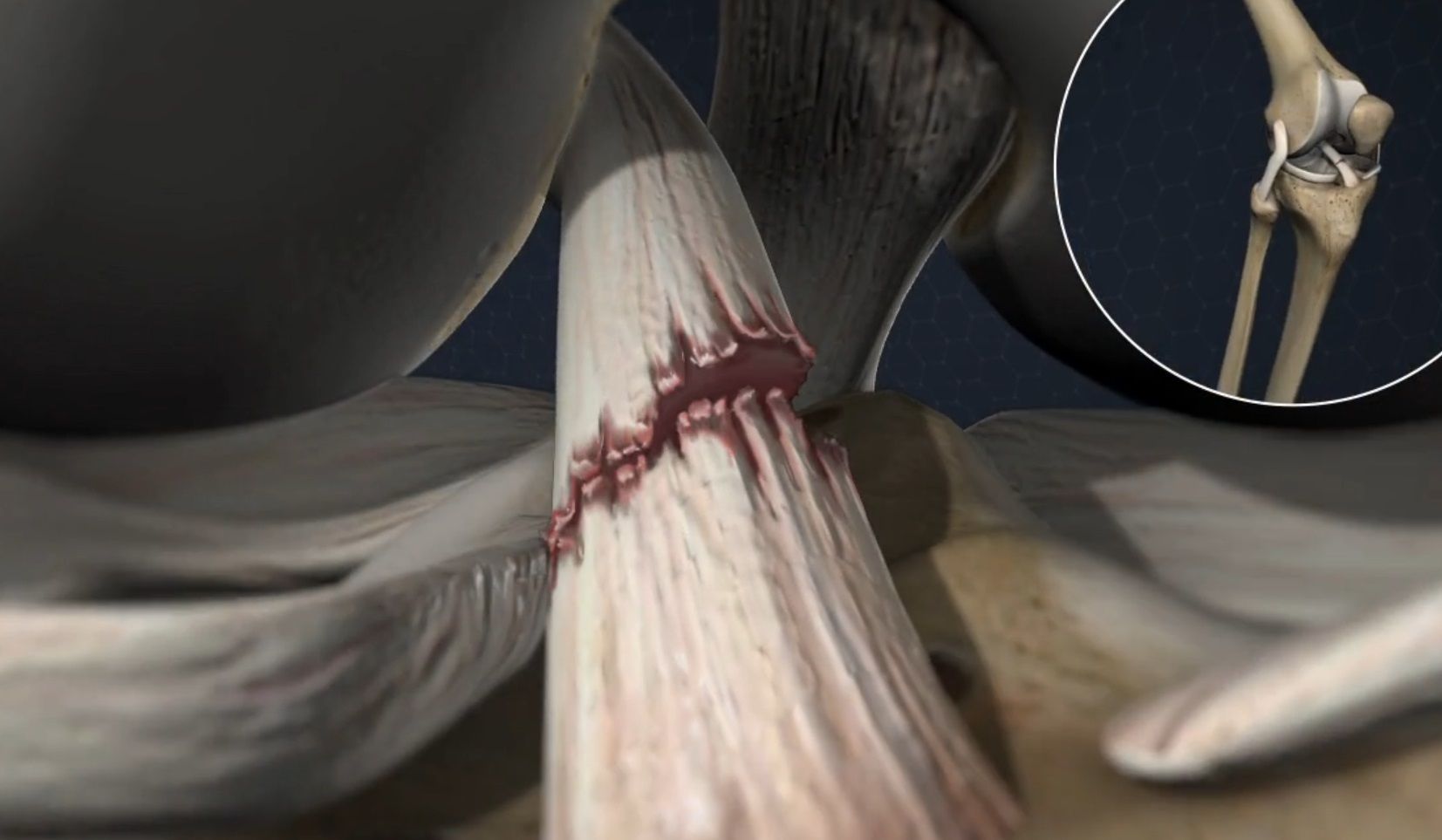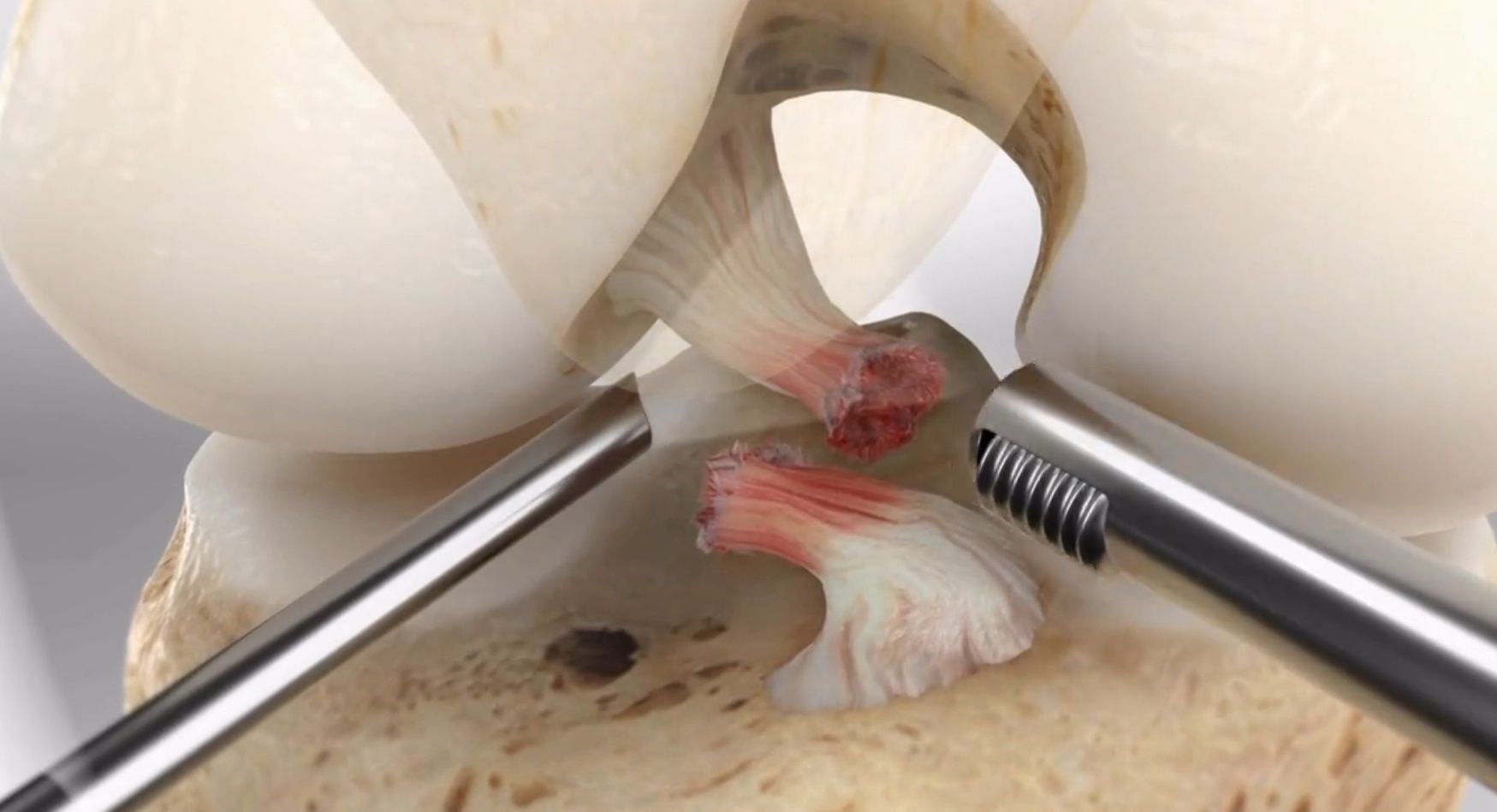LCL (Lateral Collateral Ligament) Injury
This is a stretching or tearing of a ligament on the outer side of your knee. The lateral collateral ligament, commonly called the “LCL”, connects the femur to the fibula. The LCL helps stabilize your knee. This ligament, along with the medial collateral ligament, helps prevent excessive side-to-side movement of your knee joint. It helps keep the upper and lower leg aligned properly.
LCL (Lateral Collateral Ligament) Injury
LCL (Lateral Collateral Ligament) Injury
Overview
The lateral collateral ligament (LCL) is on the outer side of your knee and connects the femur to the fibula. The LCL helps stabilize your knee by working with the medial collateral ligament (MCL) to limit side-to-side knee joint movement. The LCL helps keep the upper and lower leg aligned properly at the knee.
Causes
You injure your lateral collateral ligament when your knee is pushed sideways toward the outer side of your body. This usually requires a hard blow to the inner side of the knee. Sometimes this sideways movement merely stretches the LCL. More extreme sideways movement may tear some LCL fibers or even rupture the ligament completely.
Symptoms
Lateral collateral ligament injuries cause pain and swelling of the outer side of your knee. Your knee may feel stiff, weak, and unstable. Your knee may catch or even lock when you walk. An LCL injury may also cause numbness and weakness in your foot of the same leg.
Treatment
LCL strain injuries are be treated with rest, ice, physical therapy, and extra support from a knee brace. Lateral collateral ligament tears or ruptures often require surgery.
Revised from www.viewmedica.com © Swarm Interactive. Unauthorized duplication is strictly forbidden.




